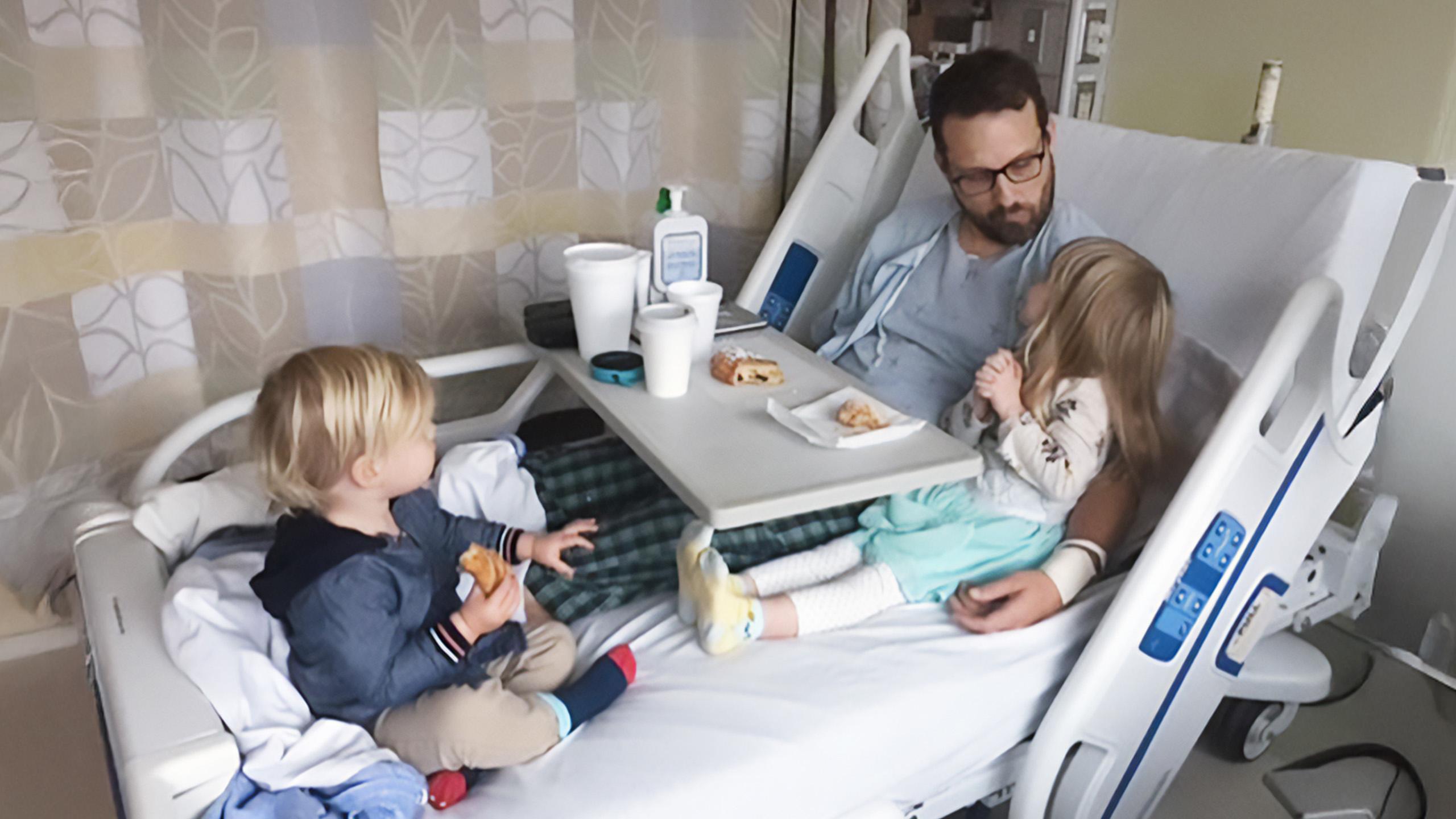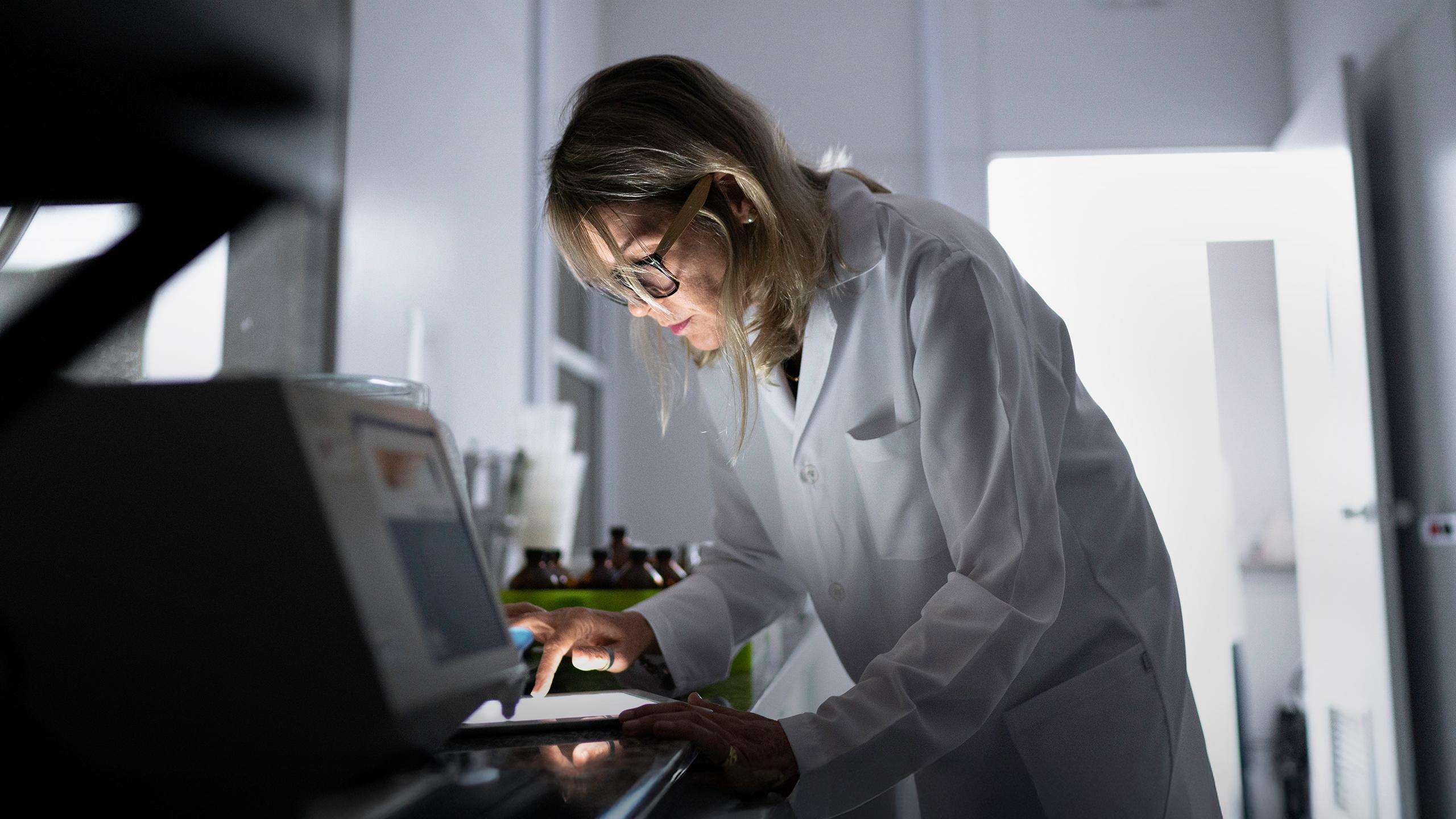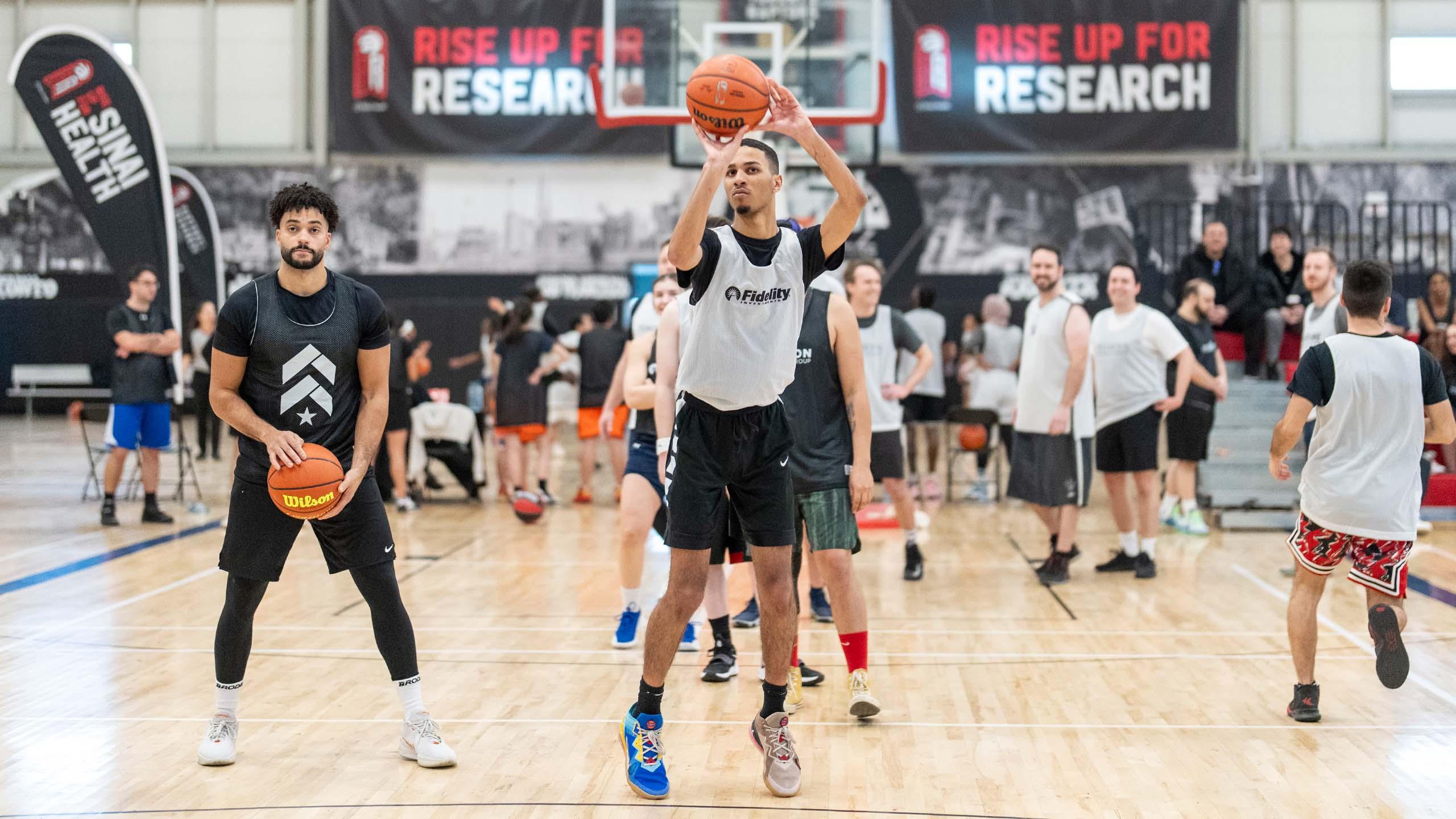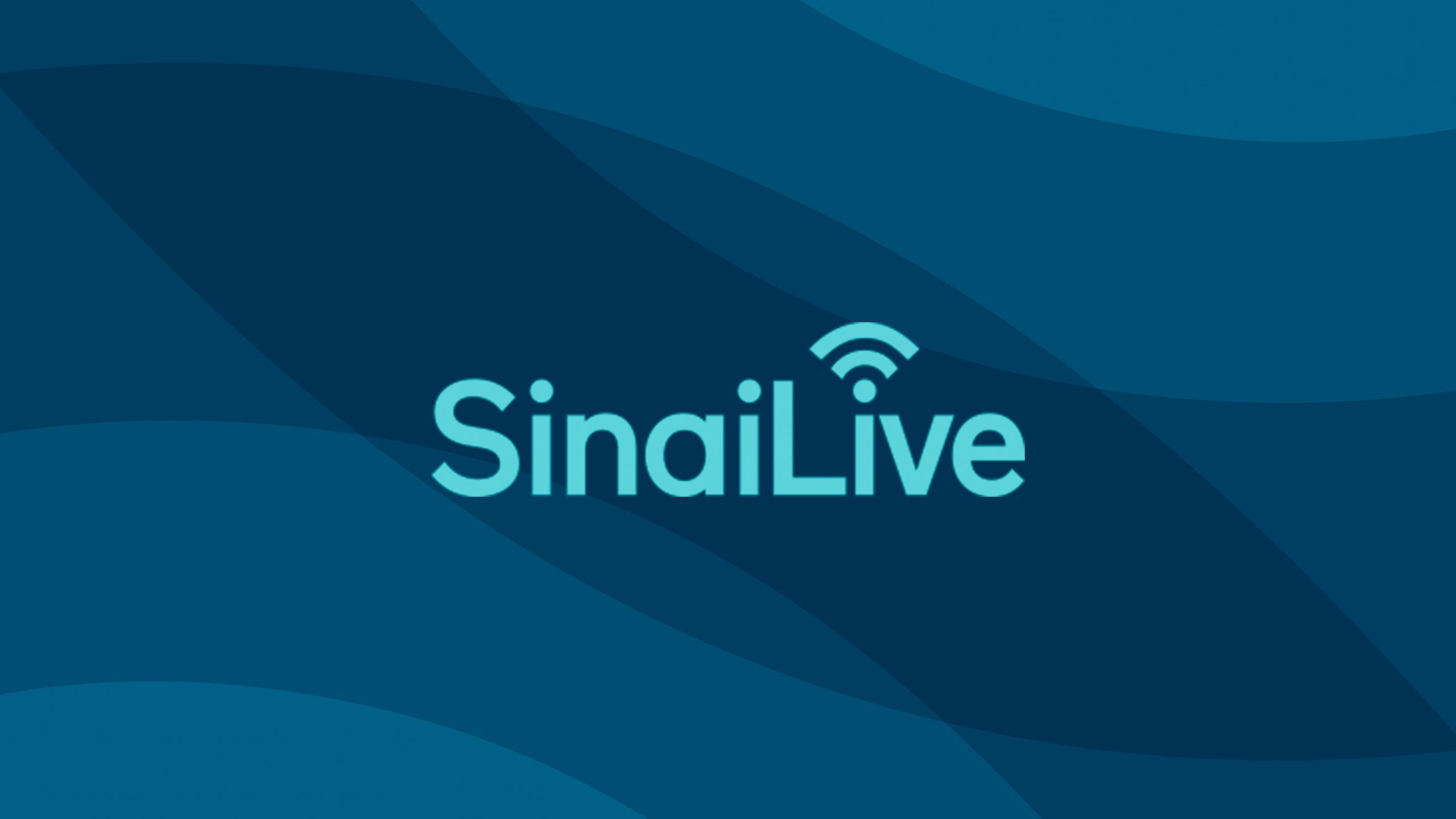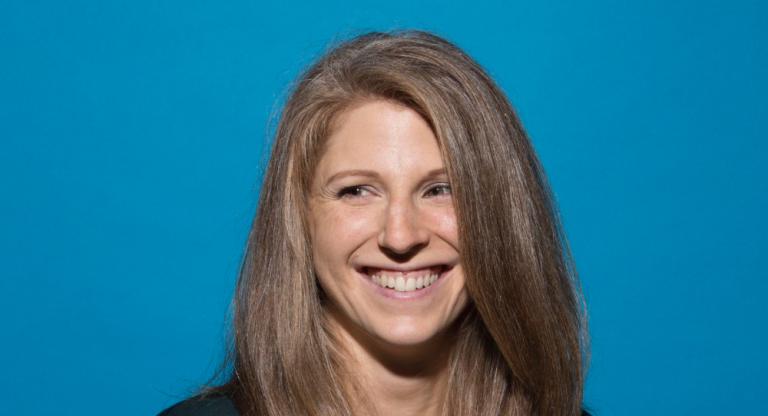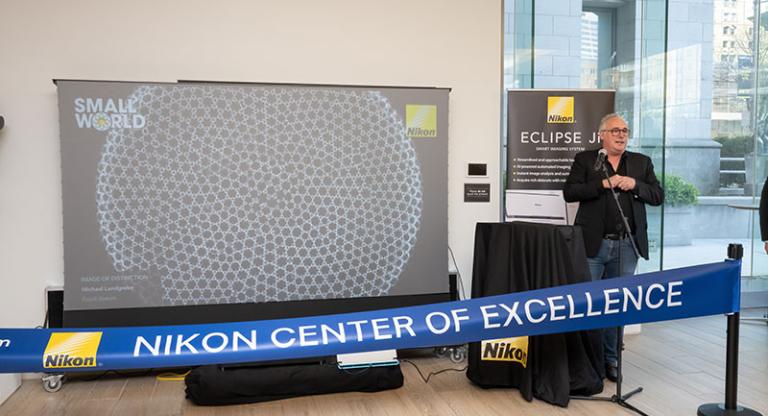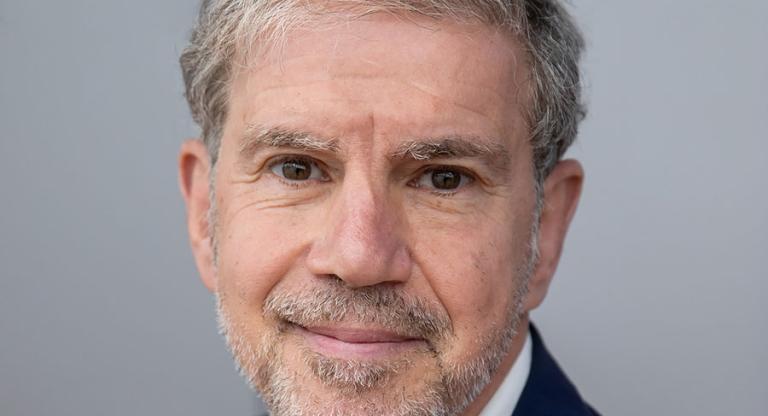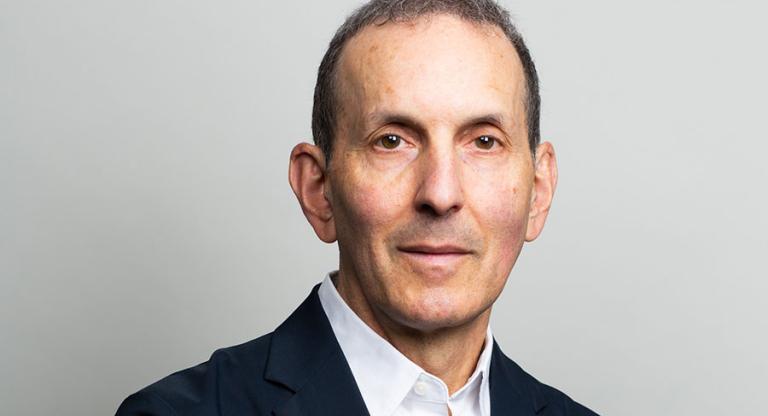How one scientist went from mapping out cells to studying COVID-19

For the month of December, Sinai Health Foundation is shining a spotlight on three young scientists who are shaping the future of care as part of their work with the Lunenfeld-Tanenbaum Research Institute. The third and final scientist in our Research Wrap-Up series is Reuben Samson, a graduate student in the Anne-Claude Gingras lab at the LTRI.
Like many Canadians, COVID-19 brought the work of graduate student Reuben Samson to a near-screeching halt. The 28-year-old graduate student had spent nearly four years studying molecular genetics in the lab of Dr. Anne-Claude Gingras at the Lunenfeld-Tanenbaum Research Institute (LTRI) at Sinai Health.
Up to that point, his life’s work had been all about location, location, location: using cutting edge technology and scientific techniques to map out where proteins are in a cell and how they function. But suddenly by mid-2020, he found himself in many different locations.
Samson saw how COVID-19 was not only affecting the scientific community, but the broader community at large. He wanted to help - so for two months, he volunteered as a screening Team Lead for the entrances of Mount Sinai Hospital, screening patients, visitors and staff.
“Much of the LTRI was shut down at that time,” Samson recalled. “I asked, ‘What can I do?’ I knew I could do more.”
Then one day in March, he found himself driving 200 kilometers down the 401 Highway to pick up critical reagents needed for a cutting-edge antibody test being developed by his supervisor and principal investigator, Anne-Claude Gingras.
“We desperately needed these reagents for the development of the assay and FedEx couldn’t deliver it fast enough,” Samson explained. “I offered up my car and drove all the way to the University in London, Ontario, to pick it up and bring it back to the lab.”
In the early days of the pandemic, the Gingras lab shifted some of their work to testing antibody responses in people with SARS-CoV-2 infections through a form of diagnostic testing called assays. As the world was desperate to learn more about the behaviour of antibodies in response to the SARS-CoV2 virus and vaccines, the team developed manual and automated versions of a technique called Enzyme-Linked Immunosorbent Assay (ELISA), as well as a cell-based lentivirus assay that detects the presence of neutralizing antibodies in patient blood samples.
Samson’s expertise in proteomics and the creation of pseudo-viruses made him an asset as the team worked furiously to design these assays. For more than a year, he put his own research aside to work on the serology projects.
“I’ve definitely changed as a researcher since doing that work,” Samson said. “I learned more in the last year of working side by side with phenomenal researchers than I did from my previous studies. I took so much away from being on calls with some of the world’s leading researchers in health and medicine. It was absolutely eye-opening.”
Their assay is now being used at Sinai Health to provide better and more efficient testing capacities, increase understanding of the virus, while also aiding in the monitoring of vaccine responses.
Samson is now slowly shifting back to his thesis work, but he has no regrets jumping in to help during the pandemic.
“I would definitely do it again,” he said. “It opened my eyes to what research can actually do. My thesis work may never reach medical practice for another decade or two, but the work relating to COVID-19 is applicable the next day. This is policy changing work. At the end of the day the information we’re generating is being directly used to help individuals now.”
